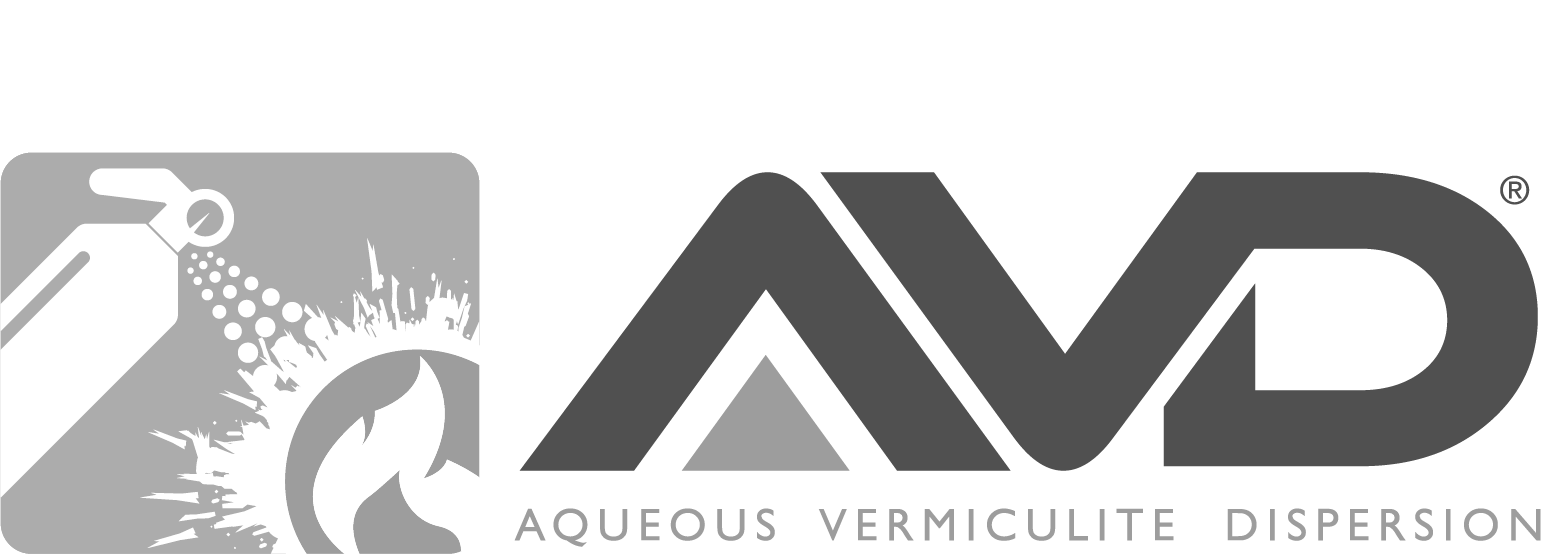In 2024, nearly 450 million European Union citizens will have the opportunity to elect their representatives to the European Parliament, impacting policies, including fire safety in buildings—a crucial issue since people spend 90% of their time indoors. The manifesto emphasizes the importance of prioritizing fire safety across all EU buildings, considering the alarming statistics of nearly 5,000 fire-related deaths annually within the EU. Many of these incidents are caused by obsolete electrical systems, with 50% of residential fires originating from electrical sources, while 25% of fatal fires involve furniture and mattresses.
The document highlights several significant challenges, including the European Green Deal’s push for decarbonization, which, although essential for reducing carbon emissions, introduces new fire risks. The increased use of photovoltaic panels (PV), electric vehicle (EV) charging points, and heat pumps, central to the Green Deal, come with heightened ignition risks due to higher electrical loads and potential poor installation practices. Moreover, new construction materials and methods aimed at achieving greater energy efficiency also affect fire dynamics, creating further complications.
Demographic changes, particularly the aging population, add another layer of complexity. Older individuals are generally more vulnerable to fires, necessitating specific safety measures. The same concerns apply to people affected by energy poverty, those living in substandard housing, and those with disabilities—all of whom are at greater risk in the event of a fire. Climate change further exacerbates these challenges, with drier conditions making environments more susceptible to fires and unpredictable weather patterns complicating evacuation and firefighting efforts.
The manifesto also discusses the broader implications of fire safety within the context of sustainability. Fires contribute significantly to environmental degradation by increasing pollution, undermining circular economy goals, and raising carbon emissions due to the need for reconstruction. Socially, fires pose health risks, cause loss of life, disrupt communities, lead to homelessness, and inflict lasting psychological trauma. Economically, fires strain resources, impede business recovery, and threaten employment.
Given these challenges, the manifesto argues that the European Union must take a leading role in coordinating fire safety efforts across Member States. Fire safety is closely tied to several of the EU’s core objectives, including the free movement of citizens, product safety in the Single Market, and the goals of the European Green Deal. A consistent level of fire safety is essential for ensuring that all EU citizens, whether residents, tourists, or students, enjoy the same level of protection across borders.
To address these challenges, the manifesto calls for the development of a comprehensive EU Fire Safety Strategy. This strategy would include several key components:
- Raising Awareness: Amplifying fire safety awareness among the general population, with a focus on vulnerable groups such as the elderly, those living in energy poverty, and individuals with disabilities.
- Standardizing Fire Statistics: Ensuring the reliability and comparability of fire statistics across the EU, building on the EU Fire Stat pilot project.
- Promoting Fire Safety Education: Supporting educational initiatives, certifications, and embedding fire safety within the broader EU skills agenda.
- Enhancing Research: Championing research on fire safety in buildings, particularly in the context of the energy transition and sustainable innovations.
- Strengthening Collaboration: Reinforcing the EU Fire Information Exchange Platform (FIEP) as a central hub for national authorities to share knowledge, best practices, and collaborate with the European Commission.
- Supporting Firefighters: Ensuring that firefighters are adequately trained, equipped, and available, recognizing their crucial role as the last line of defense when other protective measures fail.
- Integrating Fire Safety in Policies: Making sure that fire safety is fully considered in sustainable building and energy transition policies, including the EU’s renovation wave and other legislative tools.
- Improving Standards and Testing: Identifying gaps in fire safety standards and testing methods, particularly concerning furniture and the new ignition scenarios created by sustainable solutions.
- Ensuring Compliance: Enhancing market surveillance for products and compliance mechanisms for buildings, fostering a collaborative approach among EU states.
In conclusion, the manifesto urges the EU to take decisive action to ensure fire safety is a priority in its legislative agenda, coordinating with Member States to protect lives, minimize environmental impact, and maintain economic stability in the face of fire-related challenges.
































